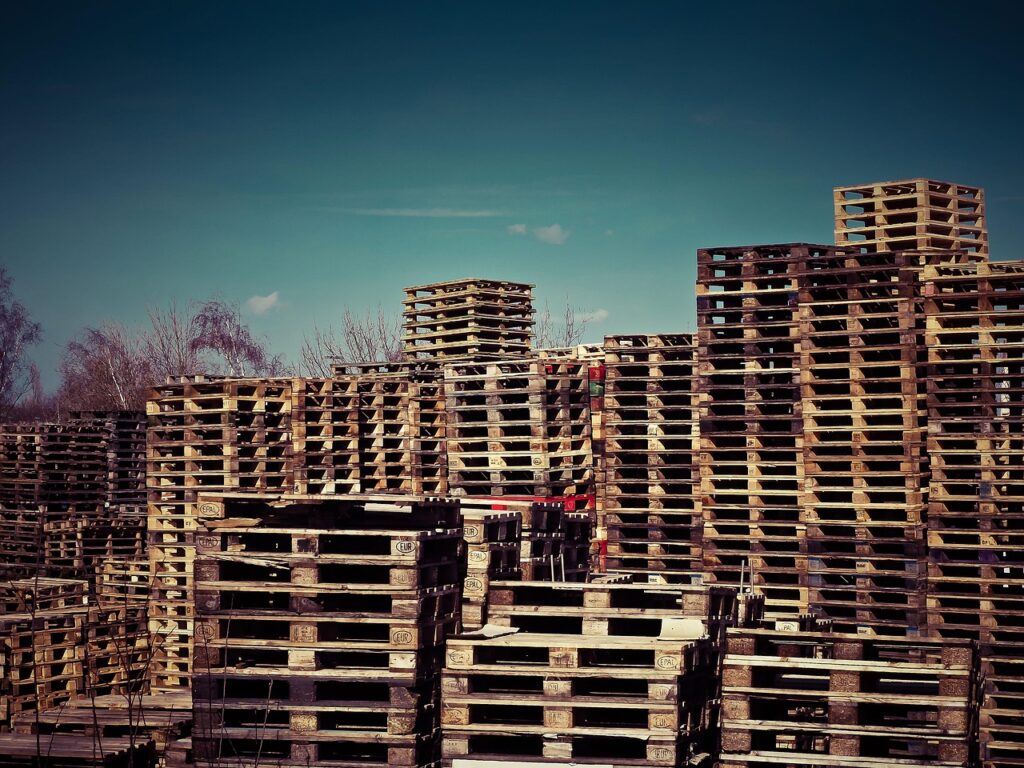Aluminum composite material (ACM) is a lightweight, rigid panel made by bonding two thin aluminum sheets to a core, usually polyethylene or a fire-retardant material. It combines strength, durability, and aesthetic appeal, making it a versatile choice for various applications in construction, signage, and interior design.
The material’s layered structure offers excellent dimensional stability and weather resistance, which helps it perform well in both interior and exterior environments. Its combination of properties fulfills both functional and visual demands, appealing to architects, designers, and manufacturers alike.
Properties and Composition of Aluminum Composite Material
Aluminum composite material consists of distinct layers and components that provide specific mechanical, thermal, and aesthetic properties. Its design allows customization based on application needs, balancing factors like weight, strength, and durability.
Core Materials
The core of aluminum composite material is typically a polyethylene (PE) or mineral-filled core. PE cores provide lightweight and flexible panels but have limitations in fire resistance. Mineral cores, made from non-combustible materials, offer enhanced fire retardancy, making them suitable for strict safety regulations.
The core thickness varies, usually between 2 mm to 6 mm, influencing overall panel rigidity and insulation. The choice of core affects factors such as impact resistance, durability, and cost. In applications demanding high fire safety, mineral cores are often preferred despite higher weights.
Panel Thickness and Dimensions
Panels usually come in thicknesses ranging from 3 mm to 6 mm total. The aluminum face sheets are thin, commonly between 0.2 mm and 0.5 mm each, sandwiching the core material. These dimensions impact the panel’s flexibility and load-bearing capacity.
Standard dimensions often include widths of 1,000 mm to 1,600 mm and lengths up to 5,000 mm, customizable depending on project requirements. Consistent thickness and dimensions ensure ease of installation and uniform appearance.
Surface Finishes
Aluminum composite panels feature various surface finishes tailored to environmental and aesthetic needs. Pre-painted polyester (PE) and fluoropolymer coatings like PVDF are common, offering resistance to UV rays, corrosion, and weathering.
Textured finishes and metallic effects are also available, enhancing architectural appeal. Finishes are selected not only for appearance but also for durability, helping panels withstand outdoor conditions without significant fading or degradation.
Mechanical and Thermal Performance
Aluminum composite materials combine lightweight construction with significant mechanical strength. The aluminum sheets provide structural integrity, while the core adds rigidity and impact resistance. This composite structure reduces weight compared to solid aluminum panels, easing handling and installation.
Thermally, ACM offers moderate insulation due to the core material but is often paired with other insulative elements in building envelopes. Its thermal expansion is controlled by the aluminum layers, minimizing deformation under temperature changes. Fire safety varies with core composition, influencing building code compliance.
Applications and Benefits of Aluminum Composite Material
Aluminum composite material (ACM) offers a unique combination of light weight, strength, and durability that suits a variety of industries. Its resistance to weather, fire, and chemicals enhances its practical use across many applications. ACM also supports aesthetic flexibility without compromising performance.
Architectural Cladding
ACM is widely used as cladding material on building facades. Its lightweight nature reduces structural load while maintaining high strength, making installation easier and faster. The panels provide excellent weather resistance and can withstand exposure to harsh environmental conditions without corroding or fading.
The material’s ability to deliver clean, smooth surfaces with a range of finishes enhances a building’s visual appeal. In addition, ACM panels offer thermal insulation benefits, contributing to energy-efficient building envelopes. Its versatility supports both new construction and facade renovation projects.
Signage and Displays
Signage and display industries benefit from ACM’s durability and ease of fabrication. The smooth aluminum surface allows for high-quality printing and finishing, producing sharp, vibrant graphics. These panels support indoor and outdoor applications due to their resistance to UV light and moisture.
Lightweight panels enable simple installation and portability for temporary or permanent signs. ACM also resists dents and impacts, sustaining its appearance over time. The combination of visual appeal and structural resilience makes ACM a standard choice for advertising and informational displays.
Transportation Solutions
In transportation, ACM is valued for its strength-to-weight ratio. It is used in vehicle exteriors, trailers, and rail cars to reduce overall weight, which improves fuel efficiency and load capacity. The panels’ resistance to vibration and chemicals helps maintain structural integrity during operation.
The material also contributes to noise reduction and thermal insulation inside vehicle cabins. ACM can be shaped into various forms, allowing design flexibility without adding excessive weight. These attributes meet the rigorous demands of both commercial and passenger transport sectors.
Sustainability and Environmental Impact
ACM supports sustainable construction through recyclability and longevity. Aluminum sheets used in the panels are recyclable multiple times without degrading quality. This reduces raw material consumption and limits environmental waste.
The panels’ durability minimizes the need for frequent replacements, lowering resource use and maintenance costs. Additionally, ACM’s contribution to building insulation helps reduce energy consumption. Some manufacturers incorporate recycled materials in the core, further enhancing the material’s eco-friendly profile.
| Benefit | Explanation |
| Recyclable | Aluminum core and sheets can be reused |
| Durability | Long-lasting with minimal maintenance |
| Energy Efficiency | Improves building insulation performance |
| Reduced Resource Use | Less frequent replacement required |



